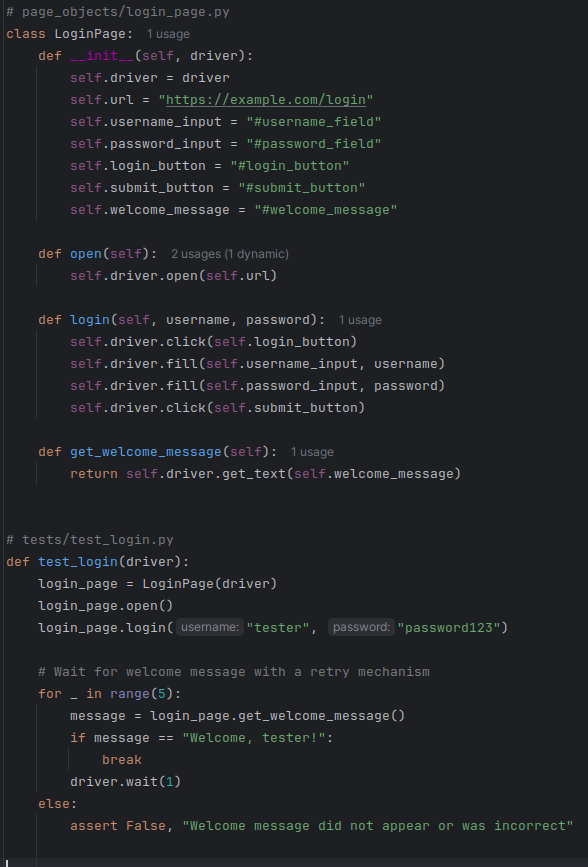
Test Architecture - best practices
In test automation, there’s a silent killer wrecking your ROI: poor test architecture.
It comes in two flavors—and both tank your growth.
Under-engineered tests turn into brittle, spaghetti messes. They’re tightly coupled to UI changes, unclear in purpose, and break at the slightest product tweak. Every minor UI update turns your automation suite into a mountain of false negatives.
On the flip side, you get over-engineered beasts: layers of complex abstraction, patterns nobody on the team understands, and fragile custom frameworks that require a PhD to maintain.
The result? Test suites that slow your release cycles, because fixing tests becomes a full-time job.
Here’s the brutal truth: pressure to move fast usually wins. Teams push out “it works for now” test suites. But “works for now” means “breaks at scale” or when the product changes. You end up with a false sense of security and wasted time firefighting automation failures.
The takeaway: Build test automation with balance. Aim for clean, modular, and maintainable tests that can flex with product evolution—no more, no less. Don’t sacrifice quality for speed, but don’t get paralyzed by complexity either. If your automation is more headache than help, it’s time to rethink your test architecture.
